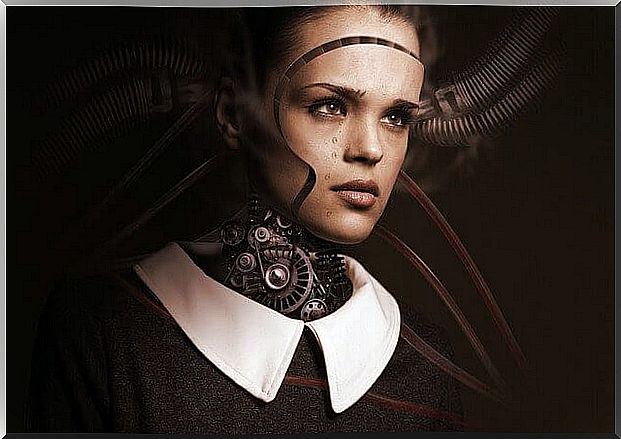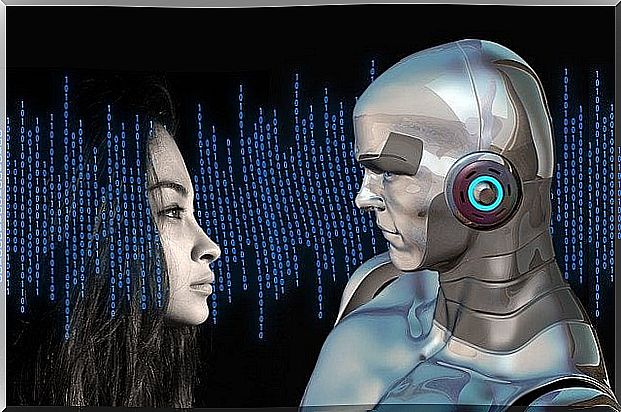Are You Familiar With The Disturbing Valley Theory?

“When the computers take control, we may not get it back. We will survive according to their whims ”. What do you think when you read this sentence from Marvin Minsky, father of artificial intelligence? Are you worried about this? This feeling is justified, but according to the disturbing valley theory , its justification may be psychological.
Today’s world is developing at a very high speed. Any smartphone we have today is more powerful than the computers that were brought to the moon by man. Obviously, all of this creates important breakthroughs, but it also raises some concerns. Indeed, the speed at which technology advances is very great.
What is the disturbing valley theory?
New technologies allow us actions that we could not even dream of a few years ago. Indeed, there are already robots and totally artificial animated beings with genuinely human appearances. The fact that this type of “being” causes you some concern, understandably, is a feeling that explains the disturbing valley theory.

According to Professor Masahiro Mori, who promulgated this theory in 1970, the more a robot looks like us, while it is always possible to appreciate the difference, the more our response will be empathetic, to the point that it can correspond to a powerful rejection. However, if we are unable to distinguish a robot from a human, our response will be more positive. So there is a kind of “hole” or “space” in which we respond to these beings with very strong rejection.
Mori promulgated this theory in 1970, when he was studying human reactions to robotics. The face of artificial intelligence and robots that are eerily male and female, but clearly distinguishable, is met with widespread rejection, as was the case in 1988 with a Pixar short, “Tin Toy”. The baby in the story was too much like a real one, but not enough to elicit a positive reaction.
Disturbing Valley Theories
To date, no one has been able to explain with certainty why this rejection is occurring. However, some researchers have come up with theories that might contain an answer, the answer.
The most accepted is that of Thalia Wheatley, psychologist at the College of Darhmout. According to this professional, our brain has a system for evaluating stimuli, the programming of which prevents us from selecting spouses with health problems. In other words, if we observe in someone or “something” an indication that it is not suitable for reproduction, our brain would interpret it as a danger to the preservation of the species.
According to Wheatley’s research, the history of human evolution has been refined so that we are able to detect very small distortions. Once located, a certain concern around this being emerges, which could present physical or mental problems. This concern could explain the existence of the disturbing valley in the form of a natural response to perpetuate the species.

Criticisms of the theory
This means that our brains could associate the appearance of an almost human android, but not perfectly human, with someone suffering from a serious or even fatal disease. This would be the reason our negative reaction is activated.
However, a theory that may even seem logical also has its detractors. Many robotics specialists, such as Ayse Saygin, a cognitive scientist conducting research at the University of California, point out that Android technology has not yet developed sufficiently.
This therefore means that this theory does not have sufficient scientific basis to affirm the existence of the aforementioned disturbing valley. So that feeling might just be cognitive dissonance. In other words, by observing characteristics similar to humans, such as facial expressions and behaviors, certain expectations are created in the brain. Dissonance arises when they are not satisfied. Either way, this theory, whether real or not, affects the possibility that we may get to know more in depth about how human empathy works.









